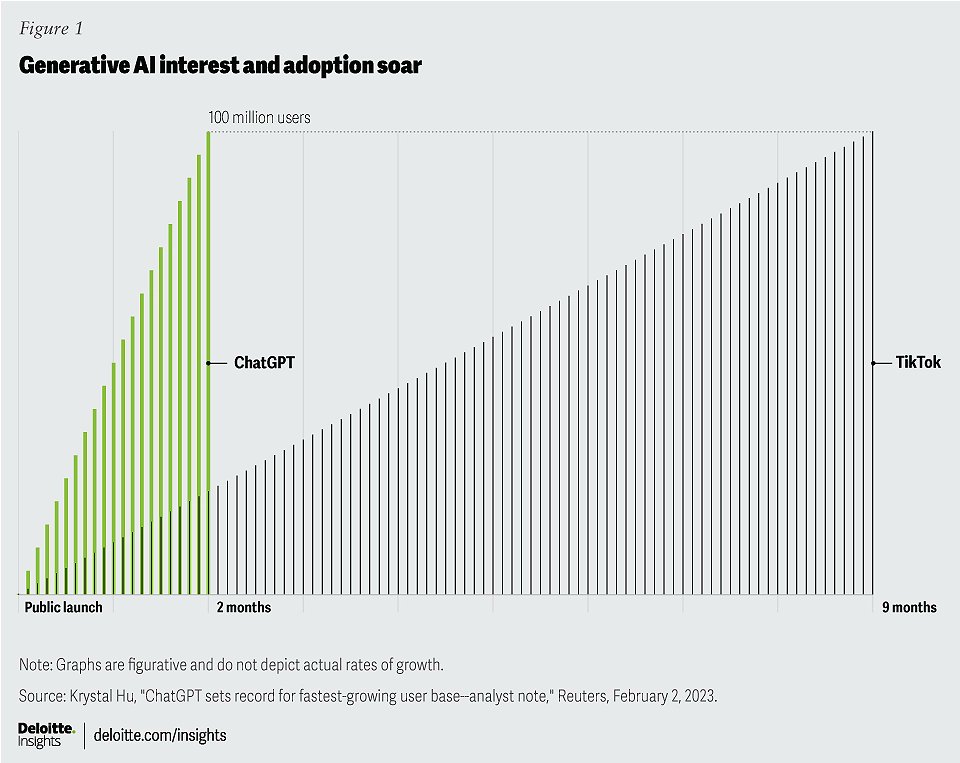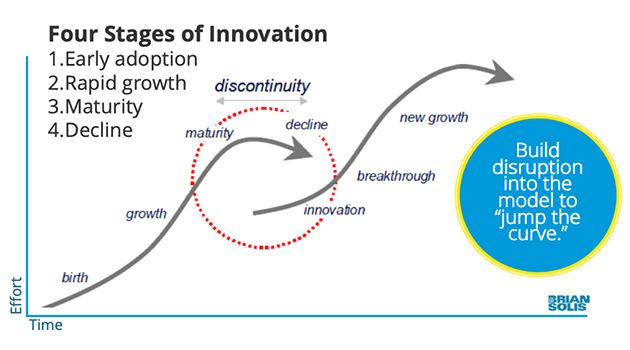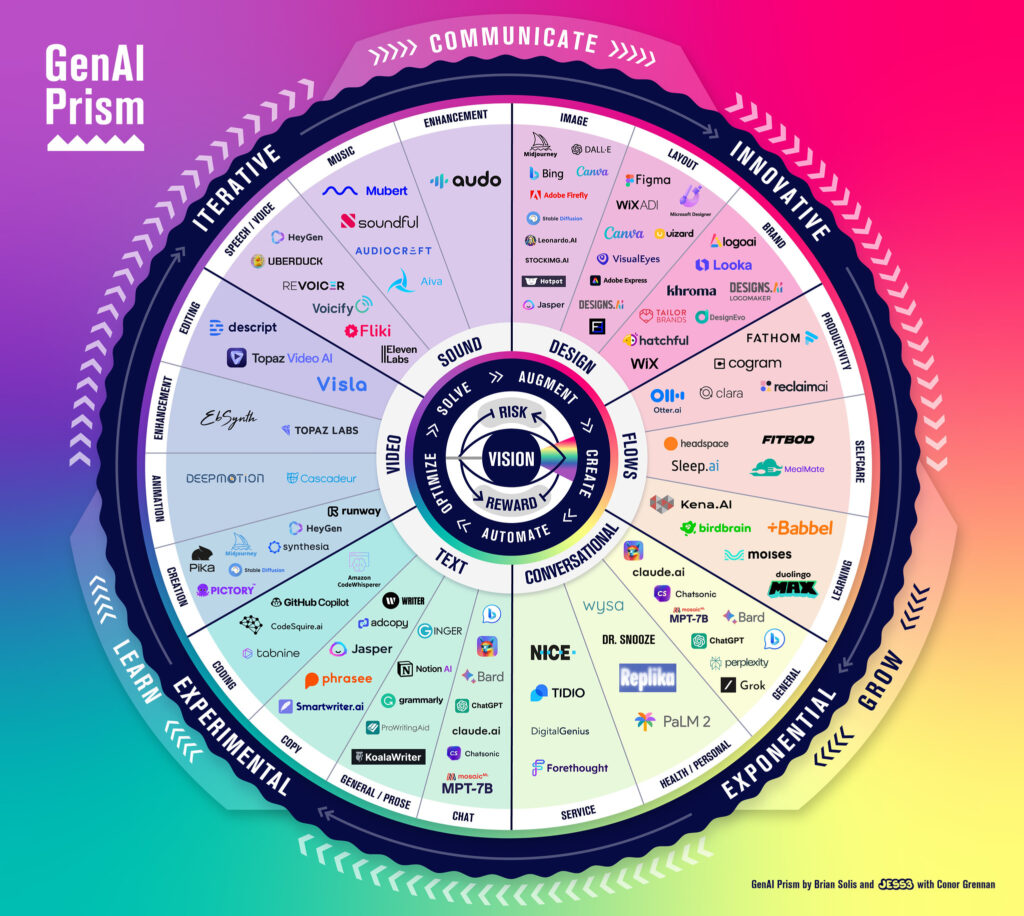ChatGPT was the fastest technology to reach 100 million users. In 2022 – 2023, ChatGPT almost single-handedly changed the trajectory of mainstream computing and how people interact with information. Suddenly everyday users could shift between consuming and co-creating data with the assistance of generative AI tools. Though it had been evolving for years, OpenAI captured the zeitgeist with ChatGPT, and everything changed from there.
Now in 2024, we’ll see a shift from curiosity to strategic execution. Generative AI will get ‘smarter’ of course, but so will its users. They’ll uncover new capabilities, to unlock new possibilities, and perform work not possible before. Think of this time as gaining access to a ‘cognitive exoskeleton‘ that will take some getting used to. We’ll become increasingly augmented. 🦾
With each new flex and experiment, we’ll achieve new results, realize new opportunities, and inspire new behaviors, skills, and quests!
But generative AI is just a phase according to Mustafa Suleyman, co-founder of DeepMind and now CEO and co-founder of Inflection AI.
He believes the next phase is interactive AI, bots that carry out specific tasks for you by autonomously working with other software and people to complete workflows.
Think of specialized AI partnering with other specialized AI to hand-off step-by-step each task as they’re completed until the overall work has been performed.
A simple example of an autonomous workflow could be prompted by a request to book a trip to a certain destination within a timeframe and budget. The system knows preferences, loyalty relationships, and favorite spots. It then finds the best route, timing, and price, books the flight, then books transportation to and from airports, books the hotel, books dinner reservations, then populates the calendar with all the information, and then prepares an tidy itinerary explaining each detail.
The user could then ask the bot to make any necessary changes to then be carried out autonomously.
Waves of AI
Wave 1: Suleyman describes the first wave of AI as one of classification and training.
Wave 2: Generative AI takes input data and produces new data.
Wave 3: Interactive AI where conversation becomes the user interface and autonomous bots connect to one another to execute tasks behind the scenes. Voice becomes the UI. (This is where Suleyman is focusing his work at Pi).
Wave 4: AI prompts us. Though Suleyman didn’t say this, I think about bots not needing direction on the horizon. Instead AI will learn how to help you collaborate towards outcomes. AI prompts us to learn how to prompt itself to achieve our desired states, to iterate toward new end-goals. AI then architects and executes the entire workflow autonomously.
The State of GenAI in One Infographic
I partnered with JESS3 design studio and Conor Grennan, leading generative AI expert and Dean of Students/Head of GenerativeAI at NYU Stern School of Business, to create v1.0 of the GenAI Prism. Even though the landscape is still evolving, the current iteration of the GenAI Prism is the industry’s most comprehensive visualization of the Generative AI universe.
Version 1 is not reflective of the total landscape, but instead a snapshot of a moment in time. But more than just a visualization of the generative AI landscape, the GenAI Prism offers a mental model to mindfully and intentionally approach prompts and any work in which generative AI becomes a collaborator in work and life.
What’s next?
What do you see as the next waves of AI?
What new applications or devices are on your horizon?
Looking forward to hearing from you!
Please subscribe to my newsletter, a Quantum of Solis.









Leave a Reply